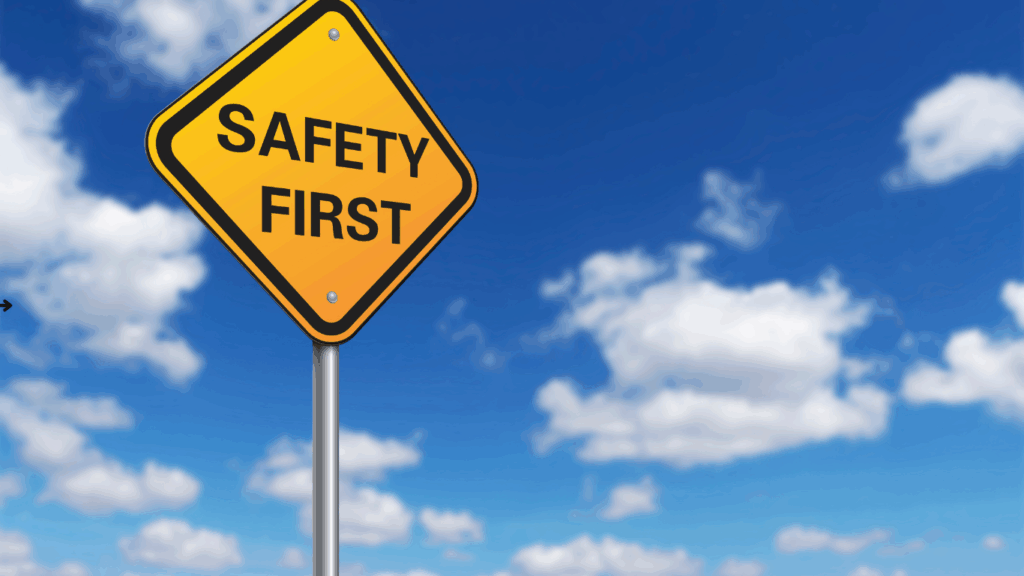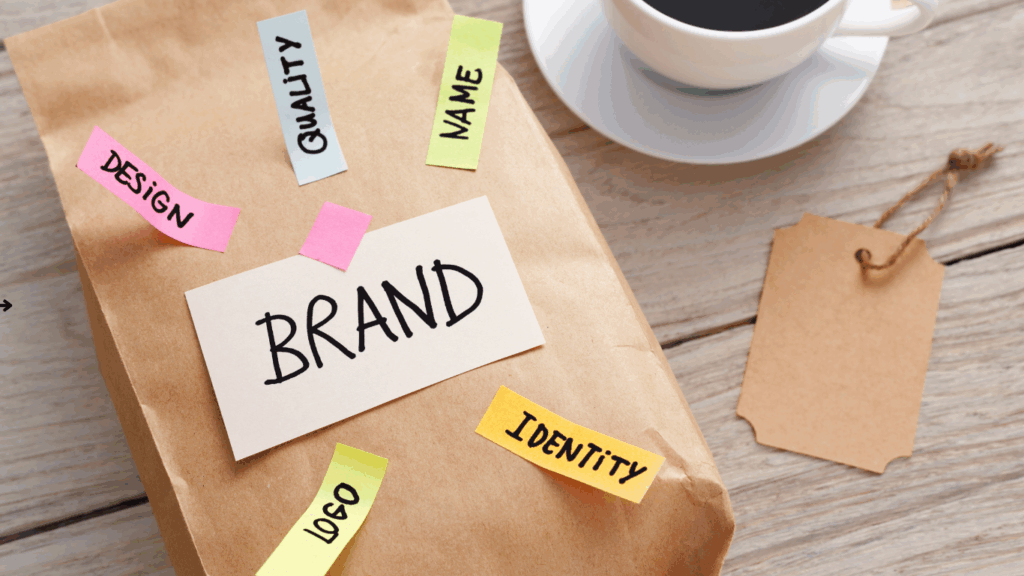The Importance of Brand Safety in Programmatic Advertising
In the fast-moving world of programmatic advertising, automation delivers speed, scale, and precision — but it also introduces risk.
When ads are bought and served in real time across millions of websites, there’s always the possibility that a brand’s message ends up in the wrong place.
That’s where brand safety comes in.
What Is Brand Safety?

Brand safety refers to the strategies and technologies used to ensure that ads do not appear alongside harmful, inappropriate, or misleading content.
In other words: it’s about protecting your brand’s reputation while advertising online.
Unsafe placements can occur when ads show up next to content involving:
- Hate speech or violence
- Misinformation or fake news
- Adult or offensive material
- Political or extremist content
- Sensitive topics (e.g., tragedies, disasters)
Even one bad placement can damage years of brand trust — making safety a top priority.
Why Brand Safety Matters
- Protects Reputation
- Audiences associate brands with the environments where they appear. Unsafe placements can quickly lead to negative PR.
- Builds Consumer Trust
- When ads are shown in high-quality environments, consumers perceive the brand as more credible and trustworthy.
- Ensures Compliance
- Many industries (like finance or healthcare) have strict rules on where ads can be shown.
- Improves Campaign Performance
- Safe placements often lead to better engagement and conversion rates.
Key Tools and Techniques for Brand Safety
✅ Whitelist and Blacklist Management
- A whitelist defines trusted domains where ads can appear.
- A blacklist excludes sites or categories that could harm your brand.
✅ Contextual Targeting
- Instead of relying on cookies, ads are placed based on the meaning of the page content, ensuring relevance and safety.
✅ Ad Verification Tools
- Platforms like IAS, DoubleVerify, and MOAT monitor ad placements in real time and block unsafe environments.
✅ Private Marketplaces (PMPs)
- Using PMPs limits your exposure to low-quality inventory by working only with vetted publishers.
✅ Human Oversight
- Even with automation, human review remains vital. Regular audits of campaign data help catch anomalies early.
Brand Suitability vs. Brand Safety

While “brand safety” focuses on avoiding harmful content, brand suitability is about aligning placements with your brand’s values and tone.
For example, a brand selling kids’ toys might block all content related to alcohol or mature themes — even if that content isn’t unsafe by definition.
Modern advertisers are moving from safety to suitability for deeper, values-based targeting.
Challenges Ahead
- User-Generated Content: Platforms like YouTube and TikTok constantly update, making full control difficult.
- Fake News and Deepfakes: The rise of AI-generated content adds new risks for misinformation.
- Global Regulations: Privacy laws and cultural norms vary by country, complicating enforcement.
Advertisers must stay proactive, updating safety measures regularly to keep up with the evolving digital landscape.
Conclusion
Brand safety isn’t just a technical setting — it’s a core part of responsible advertising.
By combining automated verification, contextual targeting, and strategic buying methods like PMPs, advertisers can protect their brand integrity and maintain audience trust.
In programmatic advertising, your brand is only as safe as your placements.
Prioritize safety, and your performance will follow.
Explore more topics on programmatic advertising in our informative articles section.
“This article was written by Digital Rebel, specialists in online advertising and programmatic media buying.”
